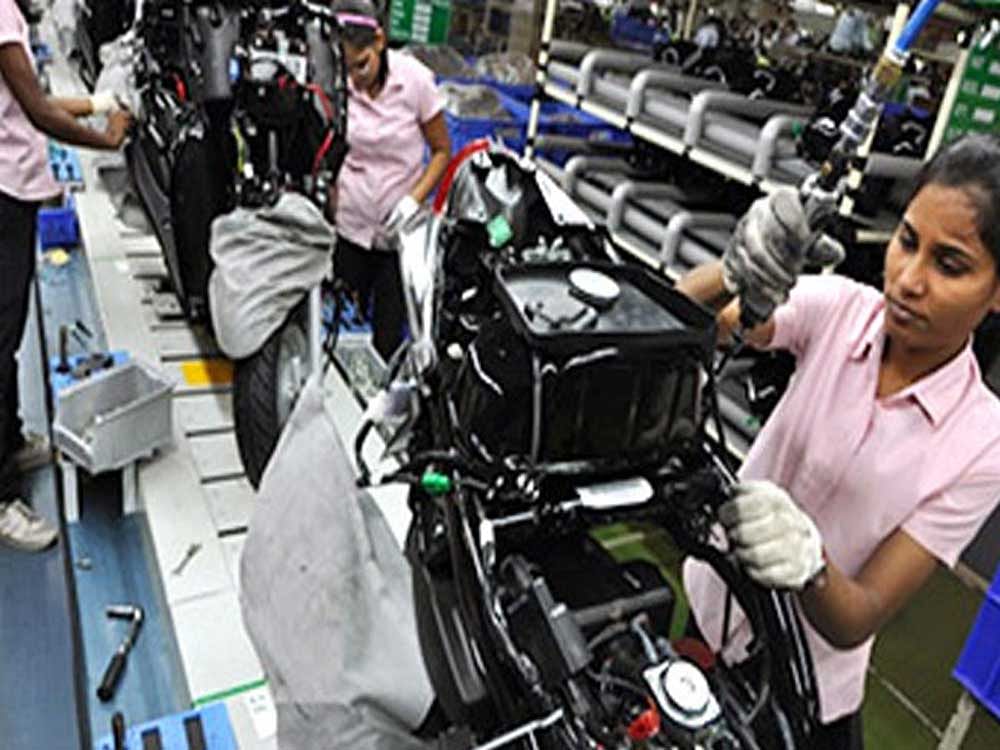
The decline in the number of women engaged in the labour force in India was already a global concern before the Periodic Labour Force Survey (PLFS) by the National Statistics Office (NSO) confirmed it last month. In 2017, a World Bank report had highlighted the rapid decline in the female labour force participation rate (FLFPR) in India.
The FLFPR refers to the percentage of women in the working-age population (15 years and above) who are currently working or looking for work. As per the World Bank report, the FLFPR in India fell from 34.8 per cent to 27 per cent between 1993 and 2013. In July 2018, the Economist did a cover piece calling the lack of women in the workforce, the “missing 235 million”.
The dire condition of labour participation amongst women became evident when the Centre for Monitoring Indian Economy, one of the leading business and economic databases, showed that it had declined to 10 per cent for the period May to August in 2018.
The NSO data, therefore, only added to these series of data points highlighting the consistent decline in FLFPR in the last two decades. As per the NSO data, the FLFPR amongst rural women in India declined by 24.8 per cent from 2004-05 to 2017-18. These confirmations of the rapid decline in FLFPR have only escalated the cause for concern.
There are various socio-economic reasons, beyond the lack of job creation in the country, that have led to a decline in the number of women in the labour force. Sher Verick, in an article for the International Labour Organisation, attributes the decline in FLFPR amongst rural women to four main causes: first, increase in school enrolments; second, rise in household incomes which allowed women to focus on household tasks; third, mismeasurement of women’s participation in the labour force; and finally, the dearth of opportunities for women in the non-farm sector.
Moreover, lack of agency to make decisions regarding their education and career or being skilled in specific sectors limits Indian women from realising their true potential.
It is because of these causes that though 73.8 per cent of rural women were within the working age population in 2017-18, only 24.6 per cent were working or looking for work. One of the direct implications of the decline has been on the National Income or the Gross Domestic Product (GDP).
Bringing gender parity to the workforce would increase India’s GDP by 27 per cent, as per IMF estimates. Along with its impact on income, keeping women from working has also reduced employment generation in the country.
For instance, a rise in financial access amongst women can increase GDP by 1.6 per cent and reduce unemployment by 5 per cent. Expanding financial access and formal sources of funds would allow women to pursue entrepreneurial opportunities and thereby create new jobs.
Increasing women in the workforce also raises employment opportunities by creating jobs in the household economy. In the high-income families, when the women step out to work, they create 1.5 jobs per household for child and household care.
Attractive policies
It is therefore important that as the household income rises, we create policies to attract women towards the workforce rather than being pulled into household work. It will not only create new jobs but also help us realise the market value of unpaid work in the economy. As per the United Kingdom’s Office for National Statistics, unpaid household work and childcare was worth 1 trillion pounds ($1,289 billion) in 2016.
Even a basic upswing in labour force raises the spending capabilities and consumption of goods and services in the economy, thereby boosting productivity. All in all, utilising the “missing 235 million” should be up on the priority list for the government to uplift the economy.
While changing the social impediments is an uphill task, we can create policies to reduce the economic barriers on the way. Along with taking basic steps, like bringing pay parity and increasing access to credit, policies can focus on diversifying skill sets, improving educational outcomes and providing financial inclusion.
Having been trained in only a handful of skill-sets, women get curtailed into limited occupations. This reduces their job opportunities and pay hike. The first step, therefore, needs to be a diversification of skill-sets that allows them to hone leadership and entrepreneurship skills, which can be applied across sectors.
The other way would be to provide educational prospects that open up new fields for them. With a 12 per cent increase in the number of girls enrolled in the rural regions, although the schooling has improved the labour force participation rate hasn’t. Hence, education prospects need to be linked to potential job opportunities. Finally, ensuring financial inclusivity through easy credit or spreading awareness, would provide women the much-needed independence.
We should not wait for more data points to substantiate the already grim condition of the female labour force participation in India. It is high time we took steps to get our women to join the workforce.
(The writer is a policy analyst on livelihood challenges, urban governance, and public finance)